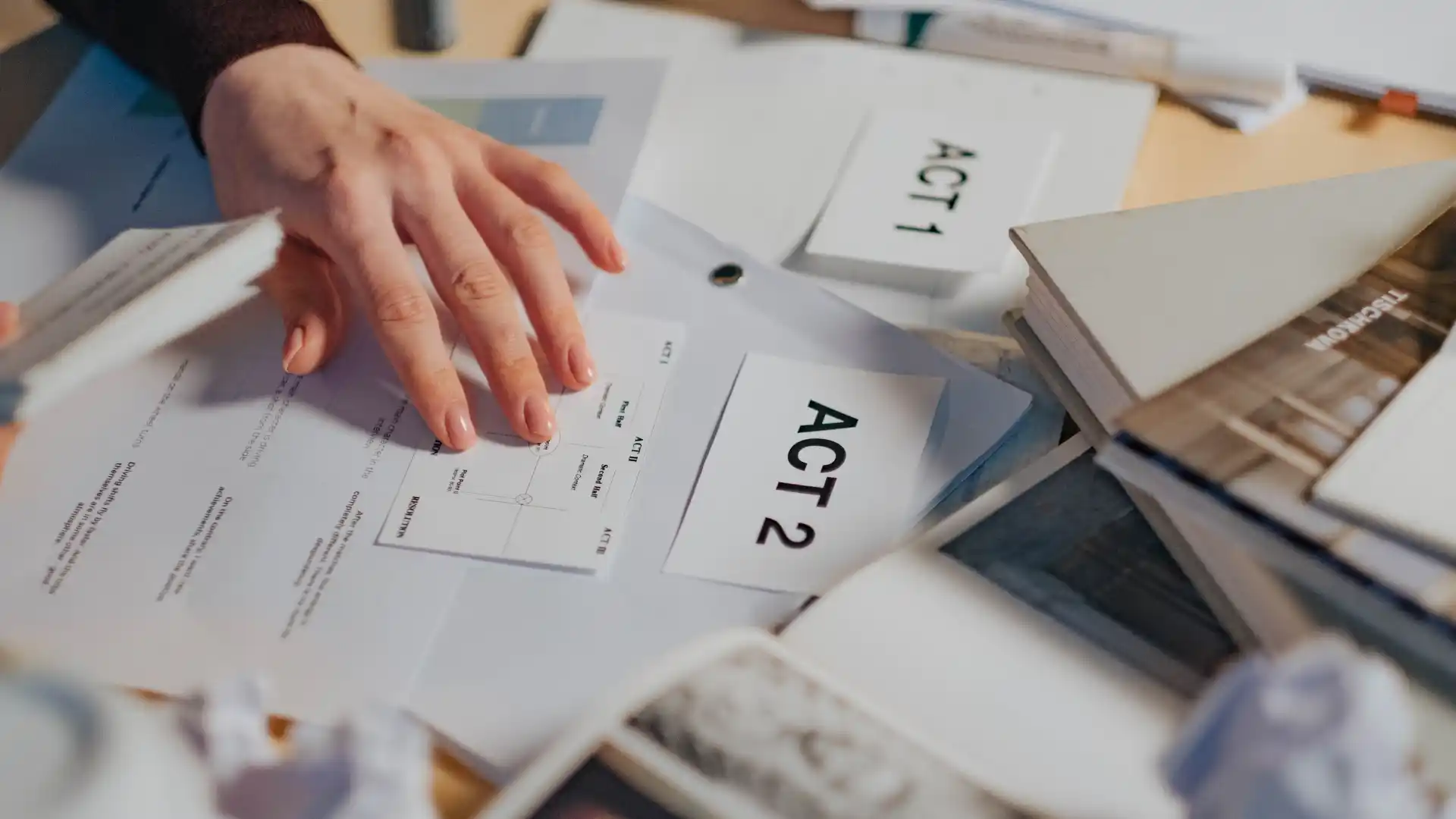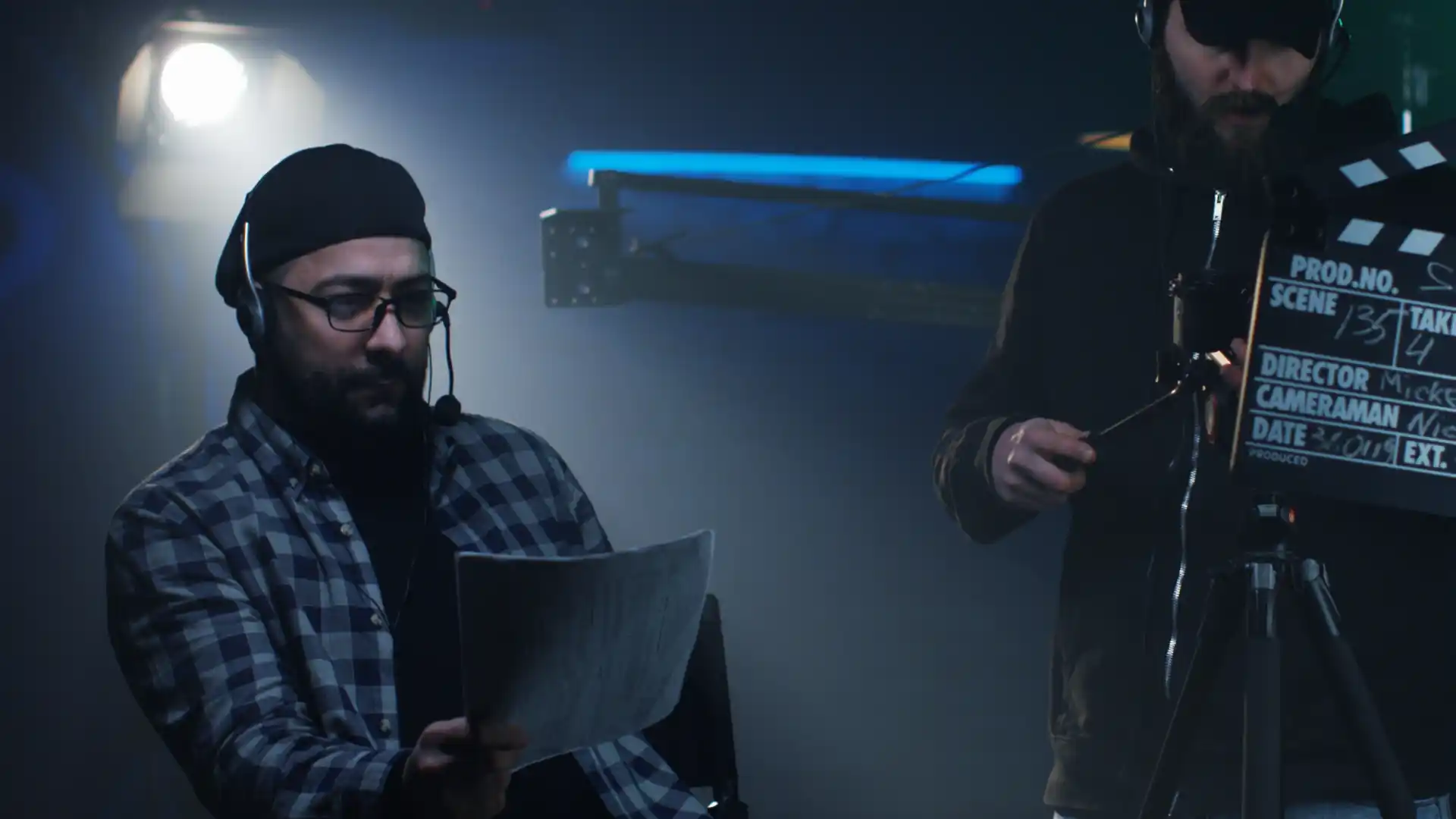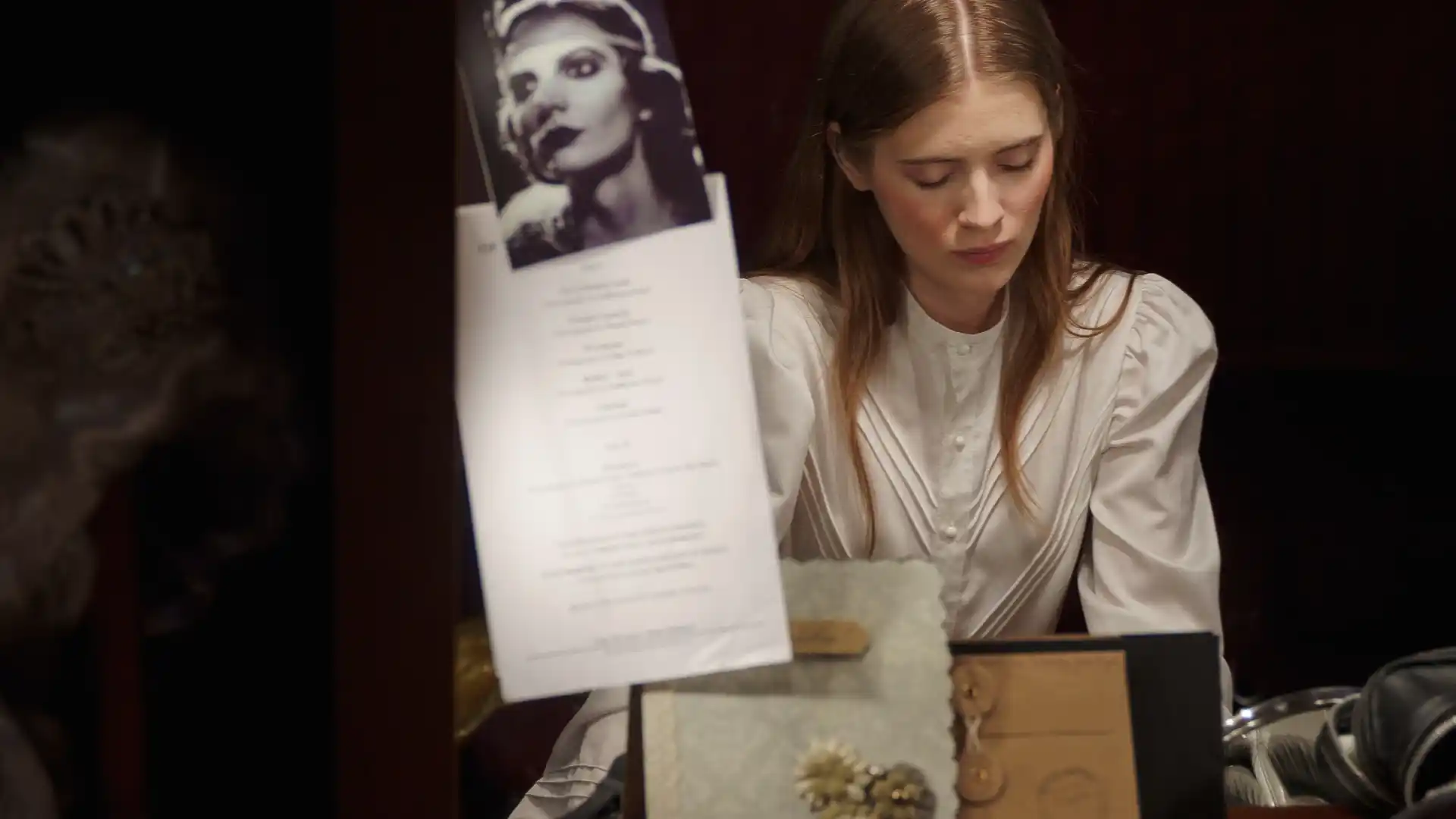Digital painting has revolutionized the way artists create stunning visuals, especially when it comes to environment design. Whether you are an aspiring digital artist or a seasoned professional looking to enhance your skills, understanding the fundamentals of environment design for digital painting is essential.
In this comprehensive guide, we will explore the key principles, techniques, and tools you need to master environment design for digital painting.
1. Understanding the Importance of Environment Design
Environment design plays a crucial role in setting the tone and mood of a digital painting. It serves as the backdrop for the characters and story, creating a sense of place and atmosphere. A well-crafted environment can transport viewers to a different world and evoke emotions that enhance the overall storytelling experience.
When it comes to digital painting, the environment is not just a static background; it is a dynamic element that interacts with the characters and influences the narrative. From lush forests to futuristic cities, the possibilities for environment design are endless, allowing artists to unleash their creativity and imagination.
2. Key Principles of Environment Design
To create compelling environments in digital painting, artists must have a solid understanding of key design principles. These principles include perspective, composition, lighting, color theory, and texture. By mastering these fundamentals, artists can bring their environments to life and captivate viewers with immersive and engaging visuals.
- Perspective is essential in creating a sense of depth and dimension in an environment. By understanding the principles of linear perspective and atmospheric perspective, artists can create realistic and believable spaces that draw viewers into the scene. Composition is another crucial aspect of environment design, as it determines the arrangement of elements within the frame and guides the viewer’s eye through the painting.
- Lighting plays a significant role in setting the mood and atmosphere of an environment. By mastering light and shadow, artists can create dramatic effects, enhance the sense of realism, and evoke emotions in the viewer. Color theory is also vital in environment design, as different colors can convey different moods and emotions. By understanding color harmonies and palettes, artists can create visually stunning environments that resonate with viewers.
- Texture adds another layer of realism to environment design, allowing artists to convey the tactile qualities of surfaces and materials. By knowing texture painting techniques, artists can make their environments feel more tangible and immersive, adding depth and richness to their digital paintings.
3. Techniques for Creating Environments in Digital Painting
When it comes to creating environments in digital painting, artists have a variety of tools and techniques at their disposal. From digital brushes to layer effects, artists can leverage technology to bring their creative visions to life. Here are some essential techniques for creating environments in digital painting:
- Sketching and Thumbnailing: Before diving into a detailed painting, it is essential to sketch out rough ideas and thumbnails to explore different compositions and concepts. This initial stage allows artists to experiment with various designs and layouts before committing to a final piece.
- Blocking In Shapes and Forms: Once the composition is established, artists can begin blocking in shapes and forms to define the structure of the environment. By focusing on large shapes and silhouettes, artists can establish the overall layout and proportions of the scene.
- Adding Details and Textures: After blocking in the basic shapes, artists can start adding details and textures to bring the environment to life. By layering textures and refining details, artists can create a sense of realism and depth in their digital paintings.
- Using Lighting and Atmosphere: Lighting and atmosphere play a significant role in environment design, setting the mood and enhancing the overall visual impact of the painting. By experimenting with different lighting scenarios and atmospheric effects, artists can create immersive and captivating environments.
4. Tools for Environment Design in Digital Painting
In the world of digital painting, artists have access to a wide range of tools and software to create stunning environments. From industry-standard programs to specialized brushes and plugins, artists can choose the tools that best suit their workflow and artistic style. Some popular tools for environment design in digital painting include:
- Adobe Photoshop: Adobe Photoshop is a versatile software that offers a wide range of tools for digital painting, including brushes, layers, and filters. Artists can use Photoshop to create detailed environments, add textures, and apply lighting effects to enhance their digital paintings.
- Procreate: Procreate is a popular digital painting app for iPad that offers a streamlined interface and powerful tools for creating detailed and expressive artworks. With features like customizable brushes, layer effects, and time-lapse recording, Procreate is a favorite among digital artists for environment design.
- Clip Studio Paint: Clip Studio Paint is a professional digital painting software that caters to the needs of comic artists, illustrators, and concept artists. With a wide range of tools for sketching, inking, coloring, and rendering, Clip Studio Paint is an excellent choice for creating intricate environments in digital painting.
- Yellowbrick Digital Painting Courses: For aspiring digital artists looking to enhance their skills in environment design, Yellowbrick offers a range of digital painting courses that cover essential techniques and principles. From beginner-friendly courses to advanced workshops, Yellowbrick provides comprehensive training for artists of all skill levels.
5. Conclusion
Environment design for digital painting requires a combination of artistic vision, technical skills, and creative experimentation. By understanding the key principles, techniques, and tools discussed in this guide, artists can elevate their environment design skills and create captivating and immersive digital paintings.
Whether you are a beginner exploring the world of digital painting or a seasoned professional looking to push the boundaries of your creativity, mastering environment design is essential for creating visually stunning artworks that resonate with viewers.
Key Takeaways:
- Understanding the importance of environment design is crucial for setting the tone and mood of digital paintings, creating immersive storytelling experiences.
- Key principles such as perspective, composition, lighting, color theory, and texture are essential for bringing environments to life in digital painting.
- Techniques like sketching, blocking shapes, adding details, and using lighting and atmosphere play vital roles in creating captivating environments.
- Tools like Adobe Photoshop, Procreate, and Clip Studio Paint offer diverse features for artists to enhance their environment design skills.
- Consider enrolling in Yellowbrick’s Digital Painting Courses to further develop your skills in environment design and elevate your digital painting creations.
For a comprehensive understanding of environment design in digital painting and to enhance your skills further, delve into the NYU Animation Industry Essentials online course and certificate program offered by Yellowbrick.








